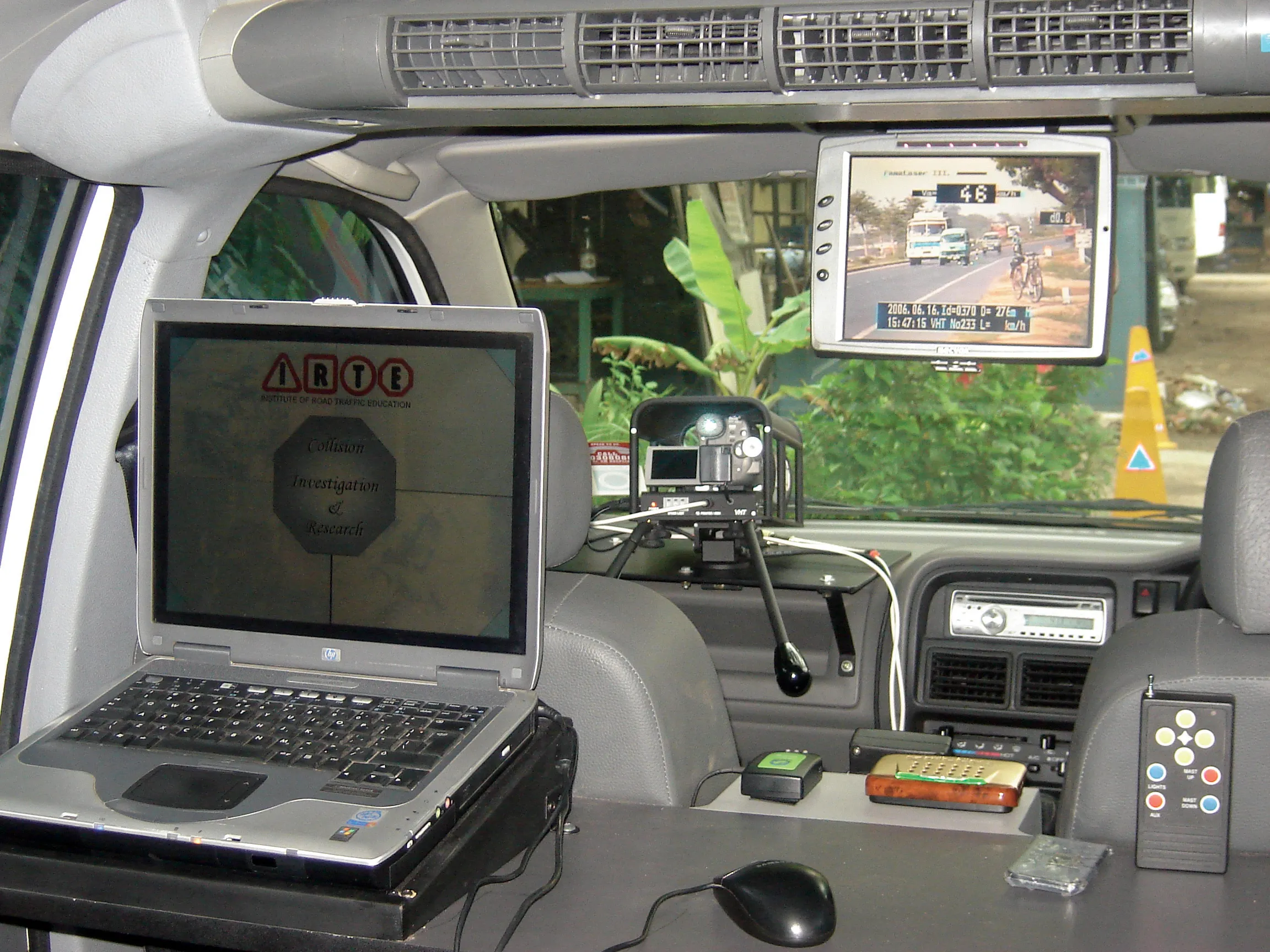The Mineta Transportation Institute (transweb.sjsu.edu) has published a report that leverages literature review and case studies in the San Francisco Bay area and Portland OR to recommend ways to improve safety for bicycle commuters. Promoting Bicycle Commuter Safety includes chapters on risks, application of social psychology to bike safety, dimensions of effective practices, and more. The report also includes illustrative tables and photos. Principal investigator was Asbjorn Osland, Ph.D., with several ch
April 24, 2012
Read time: 2 mins
RSSThe 5187 Mineta Transportation Institute has published a report that leverages literature review and case studies in the San Francisco Bay area and Portland OR to recommend ways to improve safety for bicycle commuters. Promoting Bicycle Commuter Safety includes chapters on risks, application of social psychology to bike safety, dimensions of effective practices, and more. The report also includes illustrative tables and photos. Principal investigator was Asbjorn Osland, Ph.D., with several chapter contributors. The 157-page report is available for free PDF download from www.transweb.sjsu.edu/project/2927.html.
"A basic premise in this report is that cycling should be encouraged because as the number of cyclists increases, the attention of motorists and safety improve," said Dr. Osland. "However, an important caveat is that the number of cyclists must be commensurate with the infrastructure built for cycling to enhance their safety. This report discusses and evaluates various bicycle commuter settings against a framework of what are called the 5 Es – engineering, education, enforcement, encouragement, and evaluation."
Dr. Osland noted that, of those five categories, engineering is essential because the infrastructure is vital to protecting cyclists. Education is emphasized because safety is the central focus of the report. A number of case studies was included, and the Bicycle Transportation Alliance in the Portland OR area was prominently featured as an effective example of the "education" and "encouragement" dimensions of the 5 Es. The report concludes with a discussion, and it notes the need for continued research or evaluation, with particular reference to using the social psychological model.
"A basic premise in this report is that cycling should be encouraged because as the number of cyclists increases, the attention of motorists and safety improve," said Dr. Osland. "However, an important caveat is that the number of cyclists must be commensurate with the infrastructure built for cycling to enhance their safety. This report discusses and evaluates various bicycle commuter settings against a framework of what are called the 5 Es – engineering, education, enforcement, encouragement, and evaluation."
Dr. Osland noted that, of those five categories, engineering is essential because the infrastructure is vital to protecting cyclists. Education is emphasized because safety is the central focus of the report. A number of case studies was included, and the Bicycle Transportation Alliance in the Portland OR area was prominently featured as an effective example of the "education" and "encouragement" dimensions of the 5 Es. The report concludes with a discussion, and it notes the need for continued research or evaluation, with particular reference to using the social psychological model.








